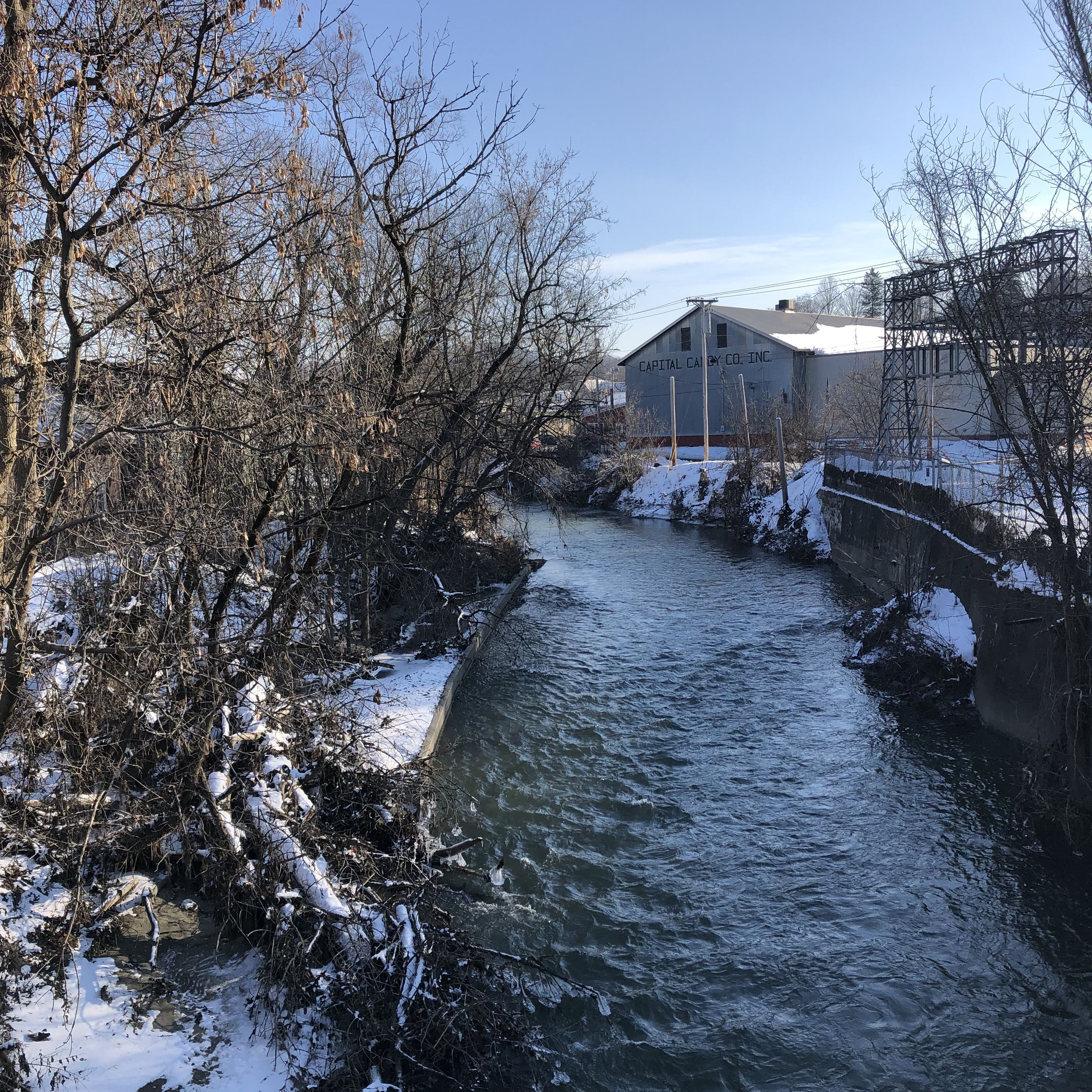Housing After the Floods
How philanthropy is helping Barre and other communities advance the rebuild
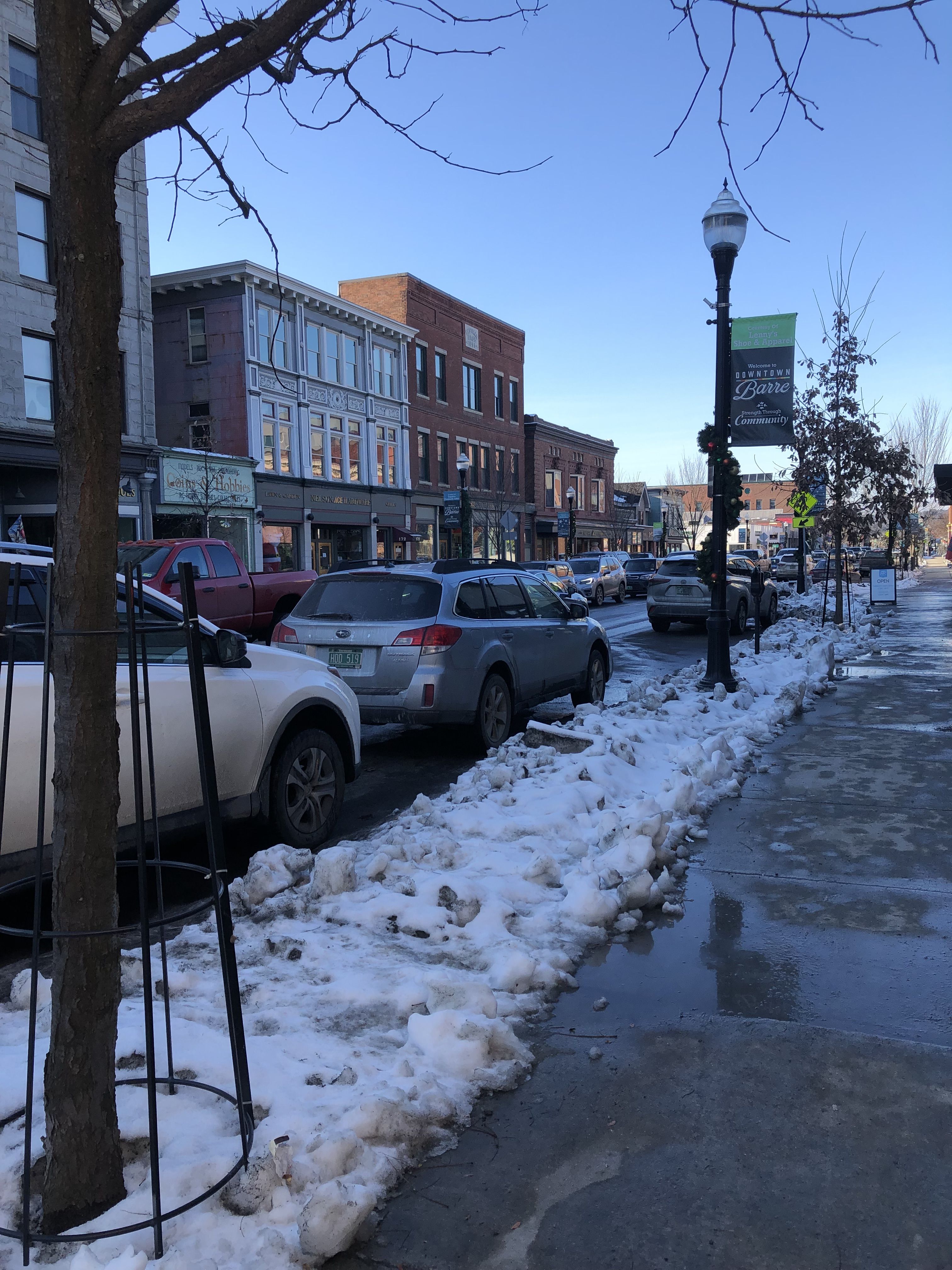
In Barre, the small Central Vermont city known for its striking statues and rich history as a granite carving center, the July 2023 flooding damaged an estimated 370 structures, including many homes and apartments. Six months later, some damaged homes remain vacant and offer a stark reminder that the recovery is not complete in this community that was among the hardest hit in Vermont.
But on other blocks in Barre, there’s a sense of optimism and activity. Single family and multi-family properties are being successfully rehabbed and the city is weighing new housing proposals, including a major state-led housing proposal in the city’s North End.
Still, the housing challenge in Barre and other affected communities is sizable and complex. Recognizing this, philanthropy through the VT Flood Response & Recovery Fund at the Vermont Community Foundation is helping to foster long-term solutions in Barre and other Vermont cities and towns that are grappling with the thorny problem of rebuilding amid a statewide housing shortage and doing so in a manner that minimizes flood risk in the future.
The Flood Fund has committed more than $1.5 million for the direct repair and rebuilding of homes, and also committed $1 million to Vermont’s Long-Term Recovery Groups, which include Barre Up.
The recovery organization is helping to provide case work for flood-affected individuals, including tenants who were displaced temporarily or have yet to see needed repairs completed, as well as homeowners who continue to sort through a maze of insurance paperwork, FEMA rules, and local permitting issues.
The assistance includes direct help with home repairs and coordination with skilled volunteers through the Serve, Learn & Earn Collaborative and four nonprofits overseeing it. They are Vermont Works for Women, Vermont Youth Conservation Corps, ReSOURCE, and Audubon Vermont.
These longer-term efforts follow Flood Fund grants that helped support emergency housing needs in the immediate aftermath of the flooding as well as efforts created a few months later, such as the Vermont Energy Recovery Teams (VERT), which is helping property owners build back with smart energy approaches.
Even with many organizations and generous philanthropic support at work on the housing recovery front, it’s a daunting task.
Just ask Lindsay Scott and Jim Gingras, whose Barre home was swamped by the flooding in July. The couple spent several months living in an RV in their driveway and have now moved back into their home after doing most of the repair work themselves.
“It’s been a process, one I never want to go through again,’’ Scott explained from the couple’s front porch on a recent winter morning.
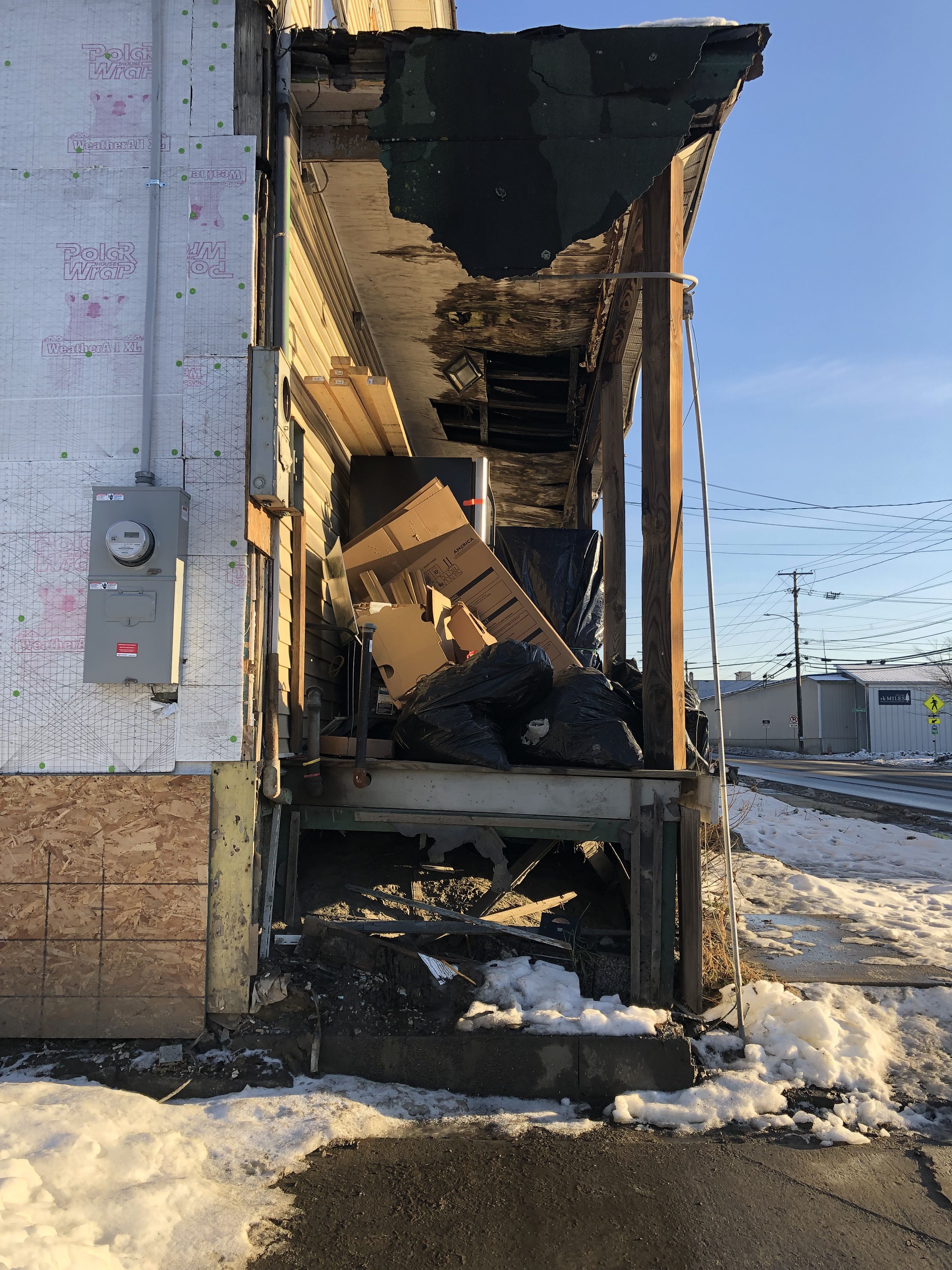
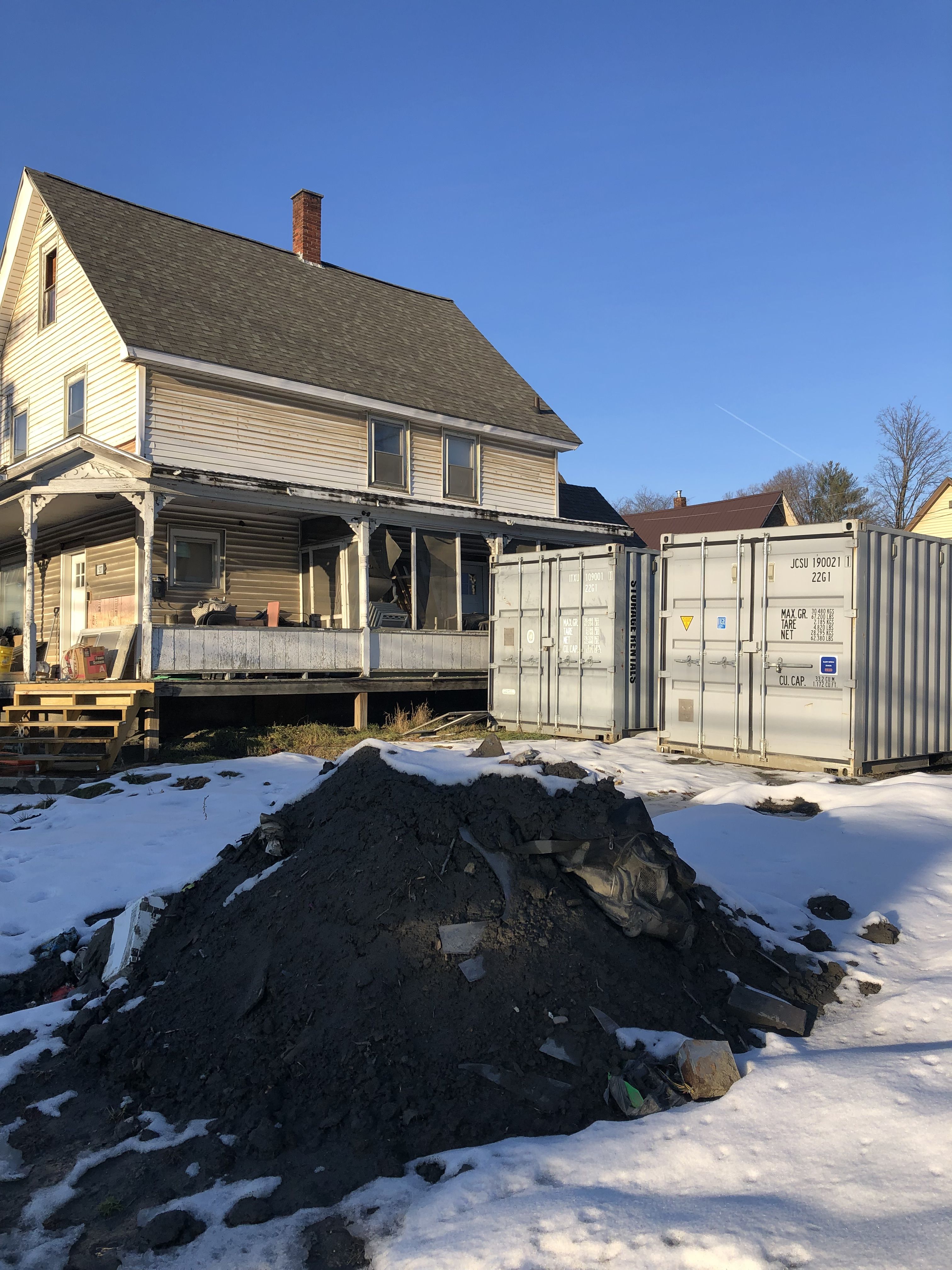
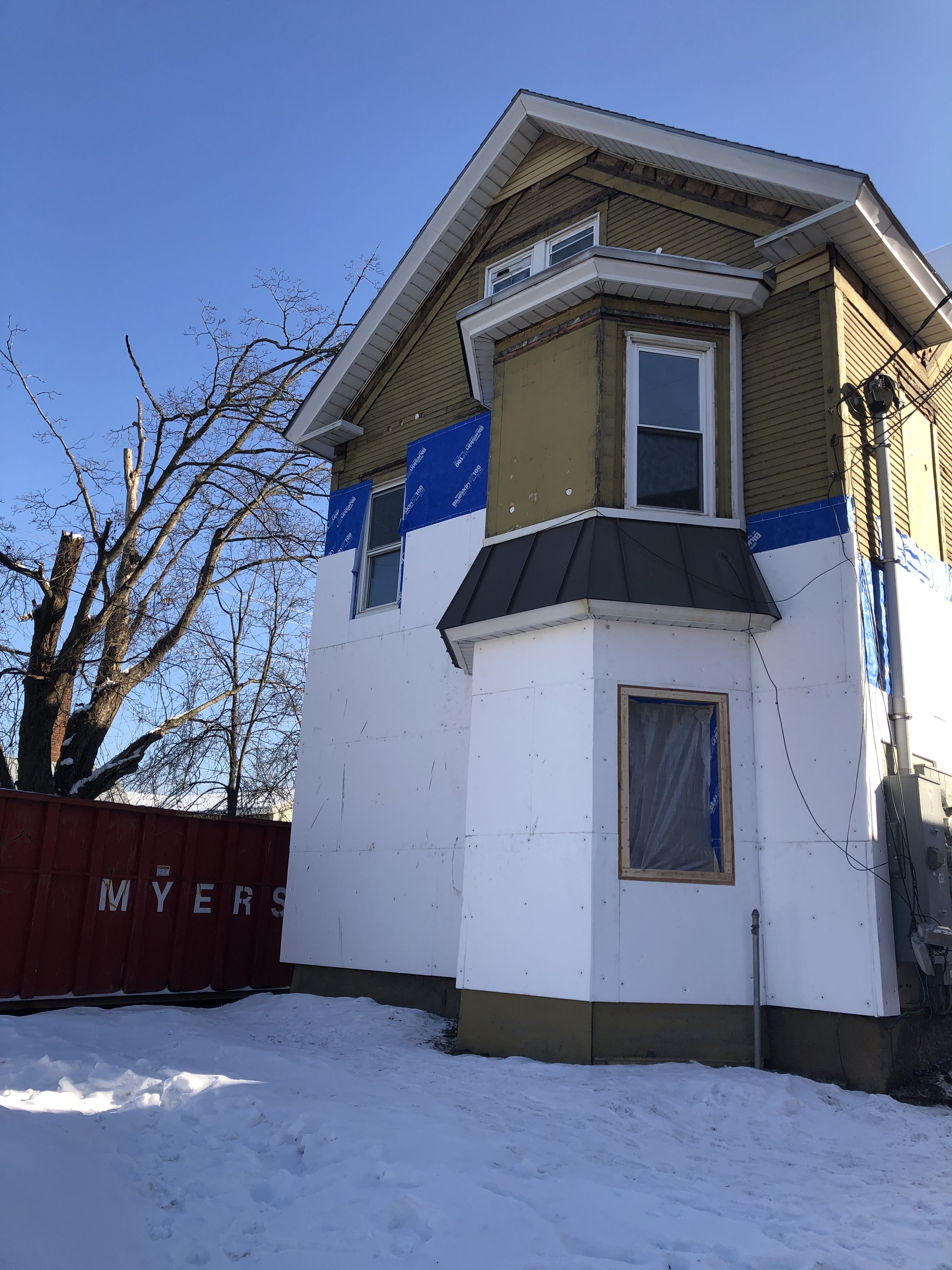
The tangle of home insurance rules and FEMA assistance regulations has been difficult for the couple to navigate. Reimbursements did not cover the full cost of substantially rehabbing their small home on River Street near the banks of the Stevens Branch, a tributary of the Winooski River that overflowed during the July floods. The water filled the basement and then rose up to the first floor. The furnace and other mechanicals were destroyed and Scott and Gingras faced a massive clean-up before they started replacing walls, flooring, and woodwork. “We had 23 inches of water in the first floor,” Scott said. “It ruined everything.’’
One bright spot: They qualified for help and incentives to replace their furnace with a new, energy efficient heat pump that was installed well off the ground on the exterior of the house. When a less severe bout of flooding brought water into their basement in December, the flood-proofing strategy worked and their heat source was unaffected.
While the couple has pushed through to complete most of the work themselves, they are grateful for help from volunteers especially in the immediate aftermath as well as assistance along the way from various nonprofits including the Rainbow Bridge Community Center. The organization based on Barre’s Main Street received multiple grants from the VT Flood Response & Recovery Fund and has been heavily involved in local recovery efforts since the water receded. Rainbow Bridge, which is dedicated to LGTBQIA2S+ people and issues, broadened its work after seeing the deep need for flood relief in Barre. “There was no criteria other than, do you have a need,’’ said Shawna Trader, executive director.
The organization has given food, free laundry services, new washers, dryers, air purifiers, and household essentials to many flood-affected individuals and families. Rainbow has also helped people in flooded households find new housing and in some cases provided rental deposits.
On a recent morning, Trader greeted Scott and Gingras with a friendly hello as she walked along Granite Street and River Street recalling the days right after the flood. “This entire corridor along the river was devastated,” said Trader, who is also the executive director and chair of Barre Up. While some properties have been restored and people have moved back in, others are in limbo. Some houses will likely need to be torn down. Others could be vacant for extended periods because the owners aren’t sure they can pay for the repairs even with assistance from insurance and FEMA.
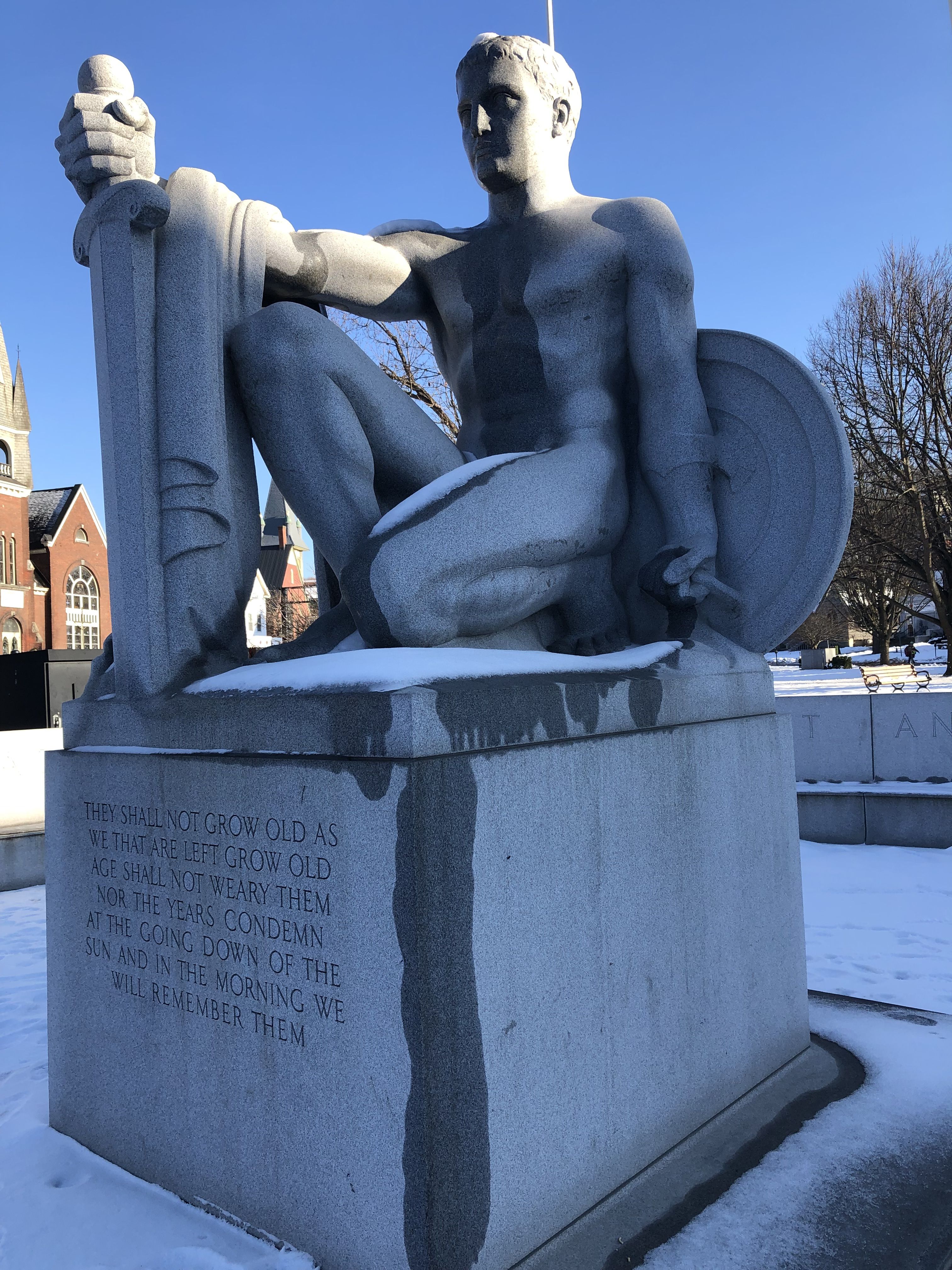
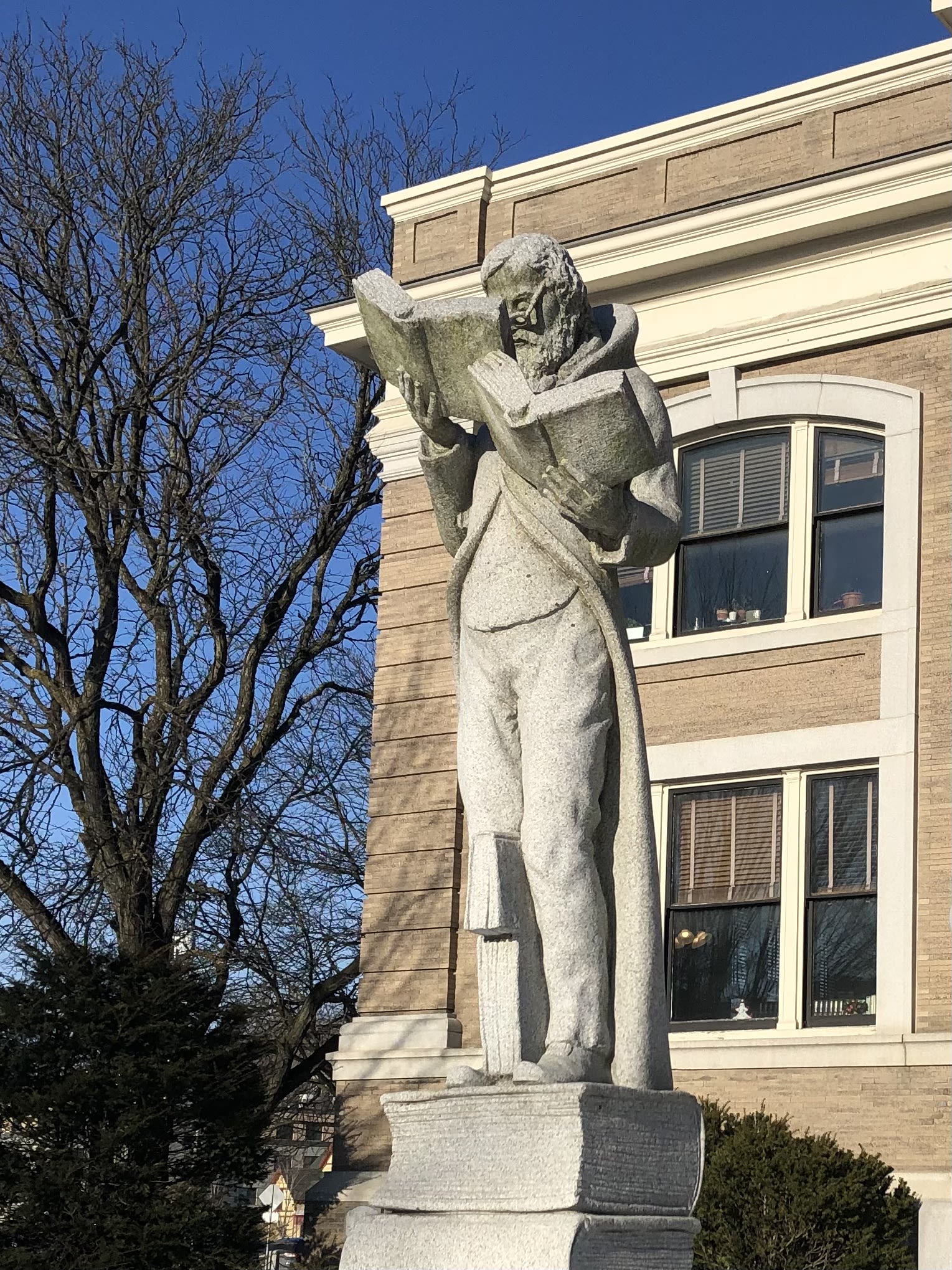
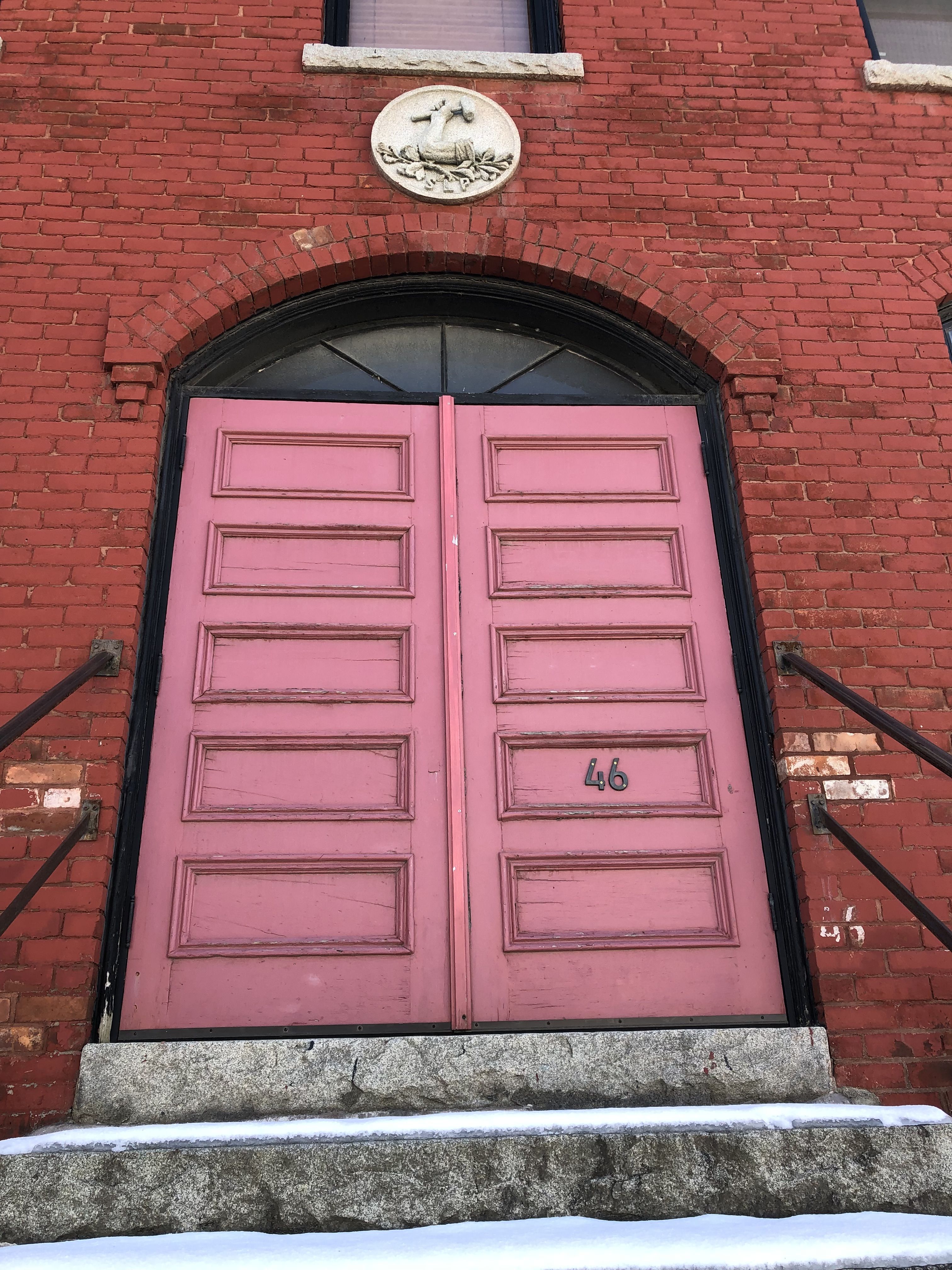
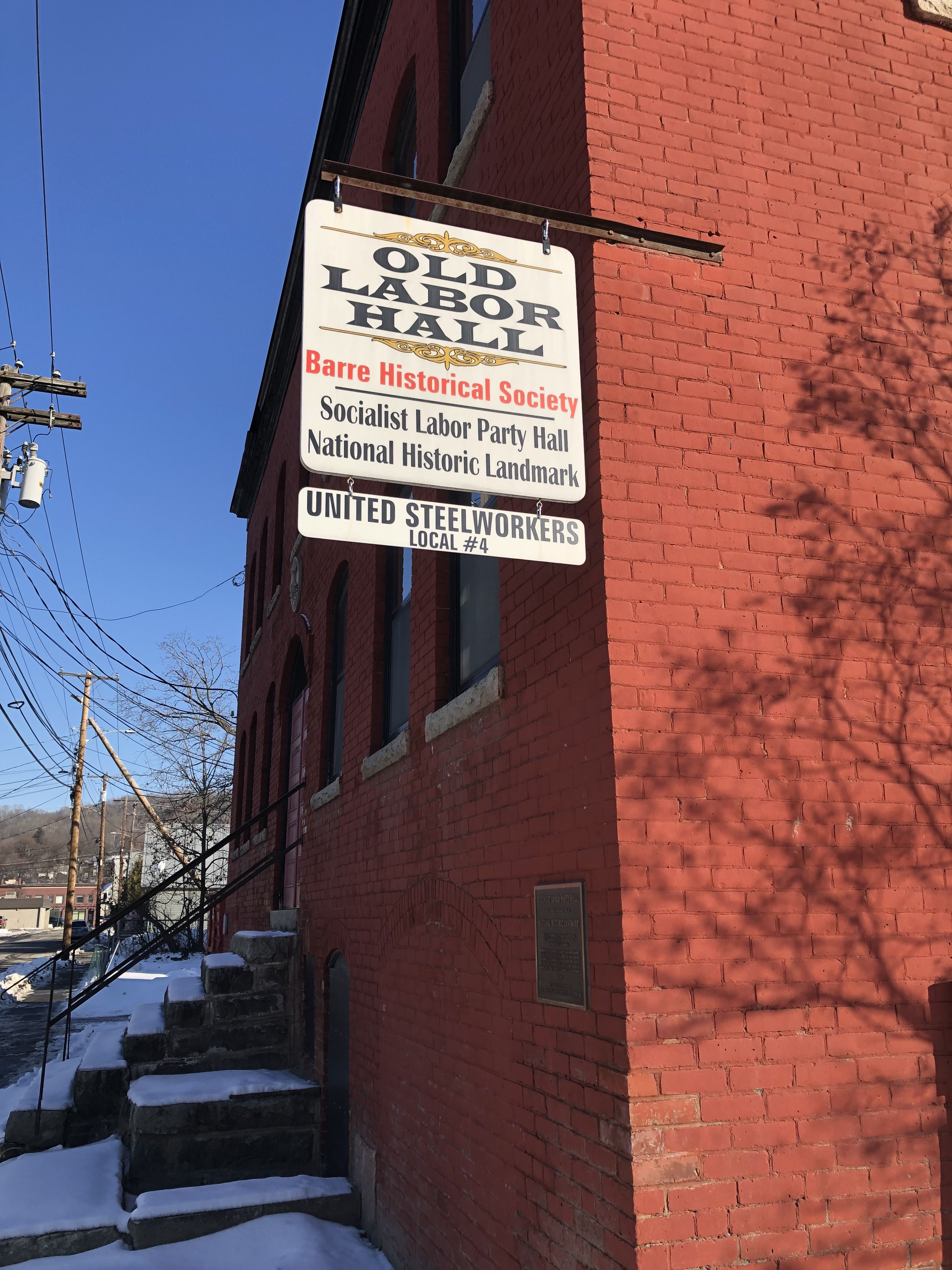
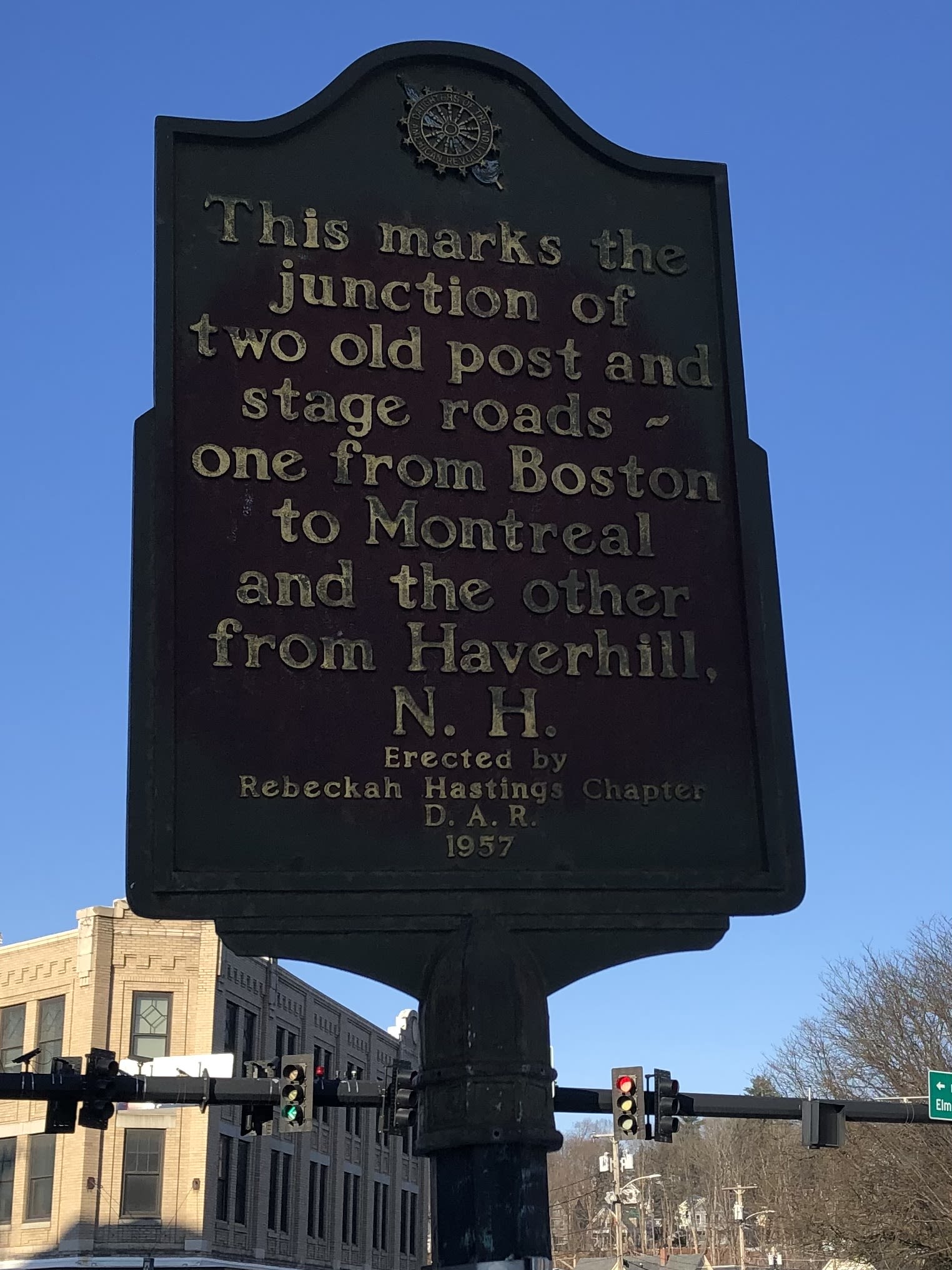
Shawna Trader, executive director of Barre Up and the Rainbow Bridge Community Center, talks about the flood's impact on Barre.
It’s difficult for people affected by the flooding to sort through all the avenues for help, and one of the goals of Rainbow Bridge, Barre Up, and the Barre Relief Fund, which has also received grants from the VT Flood Response & Recovery Fund, is to help connect people to the resources that are available. “If it’s not accessible it doesn’t matter,” Trader said. “If people don’t know about it, or they can’t get to it, it doesn’t matter that the resources are there.”
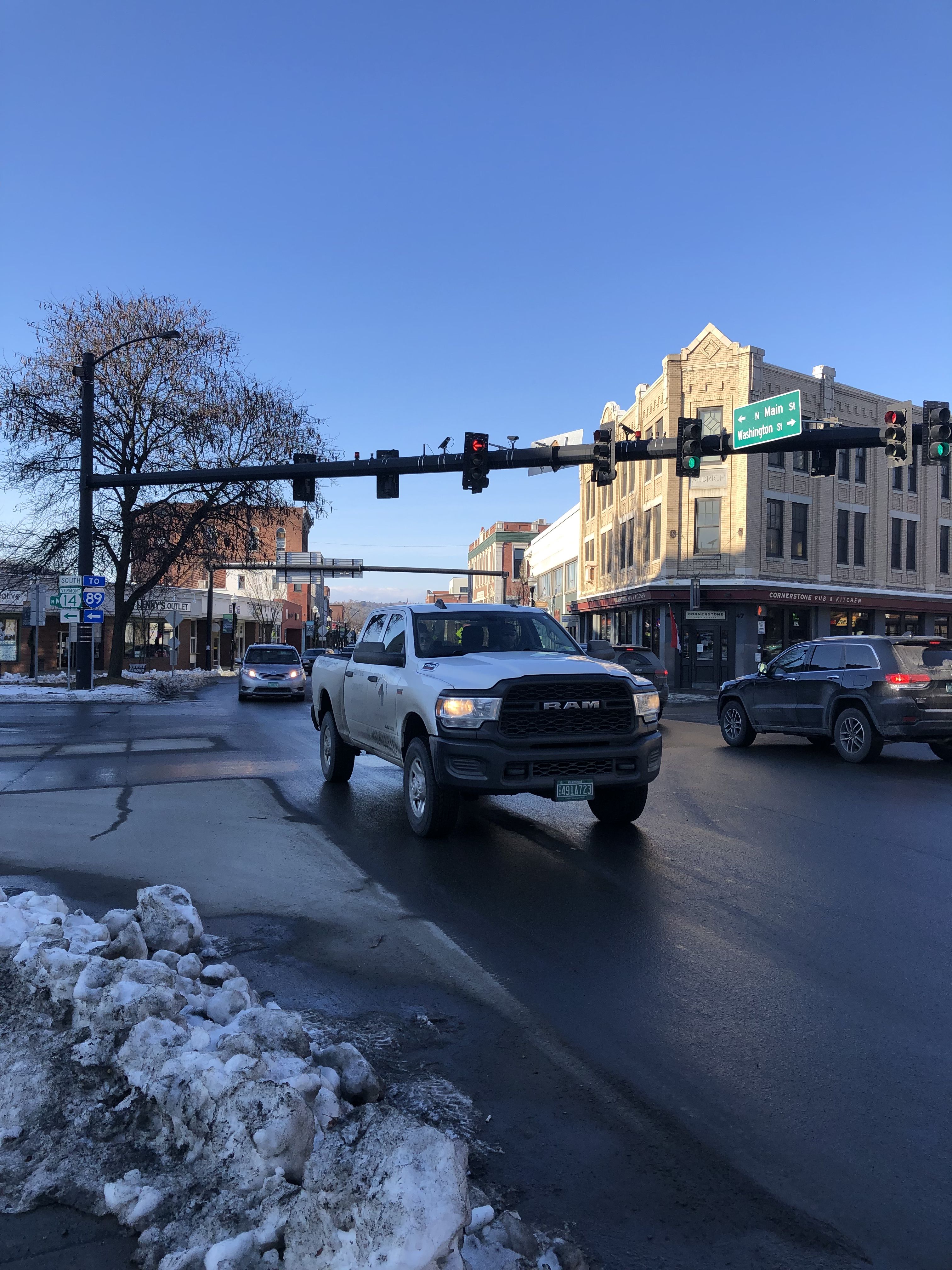
The work on rebuilding flood-damaged housing has only underscored the need for more housing overall. It was a real victory, Trader said, when she was able to help a family in a flood-damaged apartment find a new rental property after an extensive search. The family had guaranteed rental income but it was still very difficult to find an available property. “We can do a lot of things, but the bottom line is stock,” Trader said. “If we don’t have the housing stock, we can’t move the needle.”
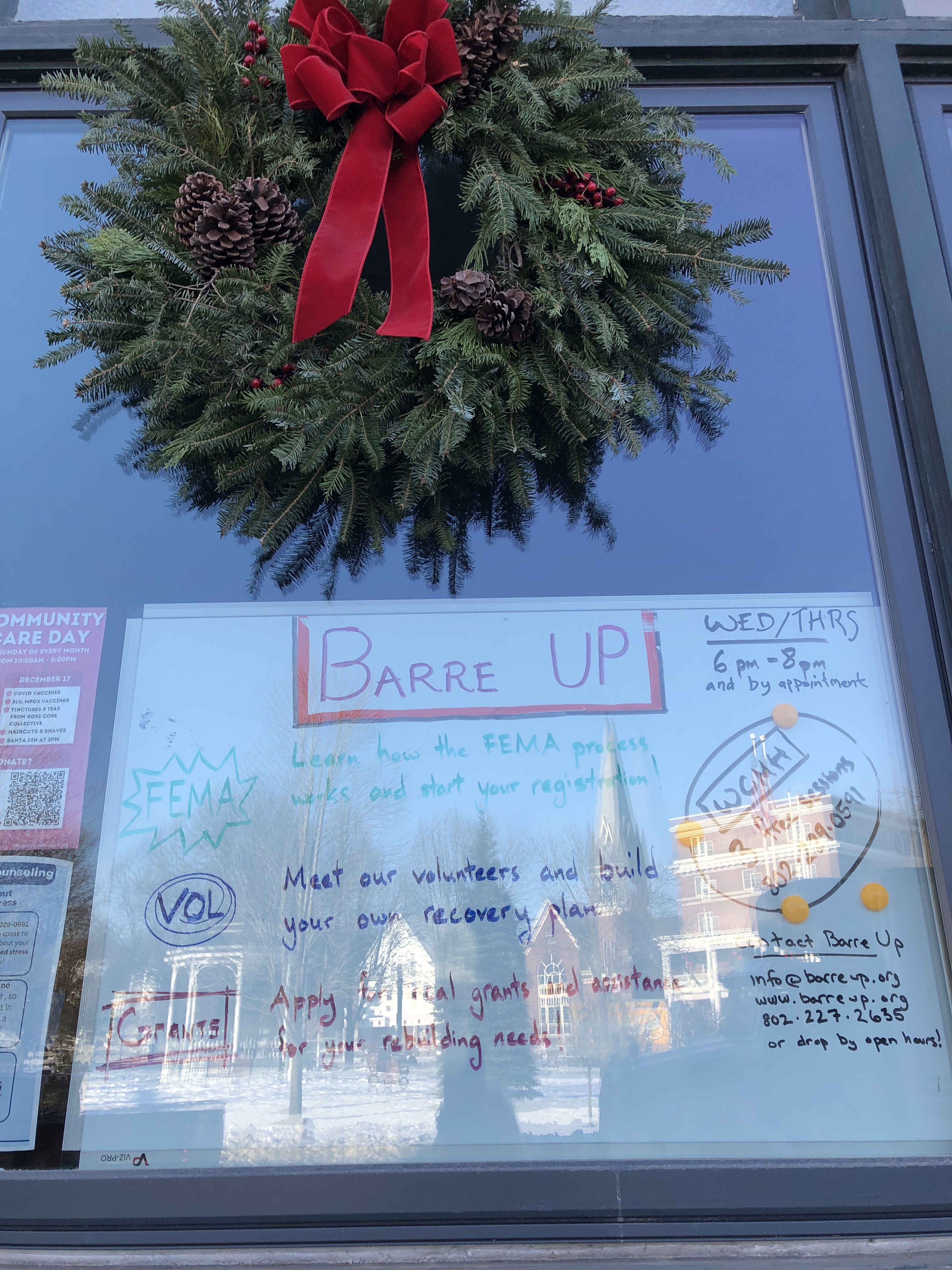
Philanthropic support is helping long-term recovery groups including Barre Up assist with community conversations about new housing development as well as rebuilding of flood damaged homes, said Amanda Gustin, a Barre City resident and chair of the Barre Up data and finance committee. “We absolutely would not be able to be moving into this next rebuilding phase without that funding.”
And while the emotional toll of the flooding on the city cannot be overstated, she said, the community has come together in ways that are incredible. The goal is to continue rebuilding efforts with and not for the residents of Barre, Gustin added. “Through it all, local voices are front and center.”

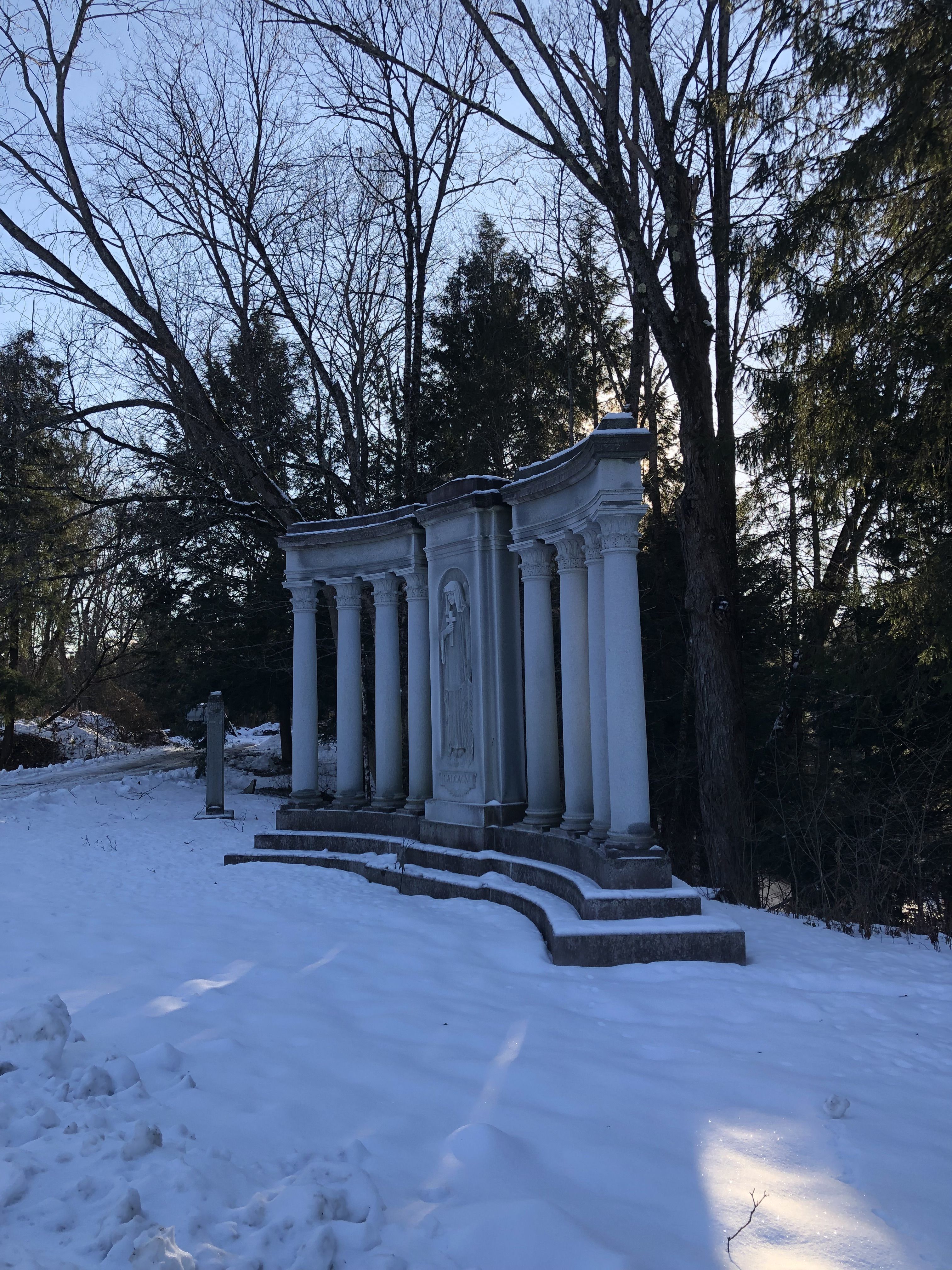
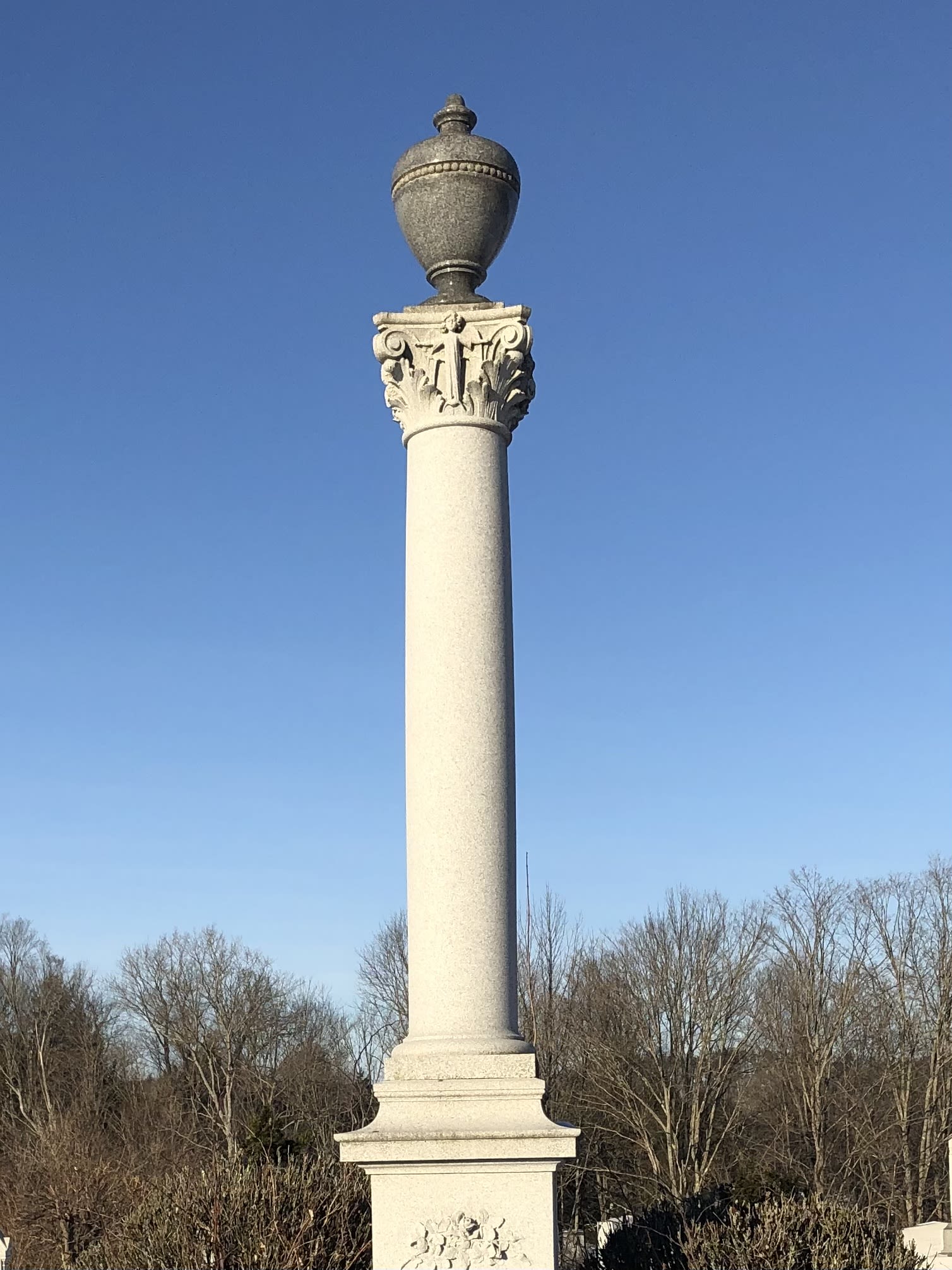

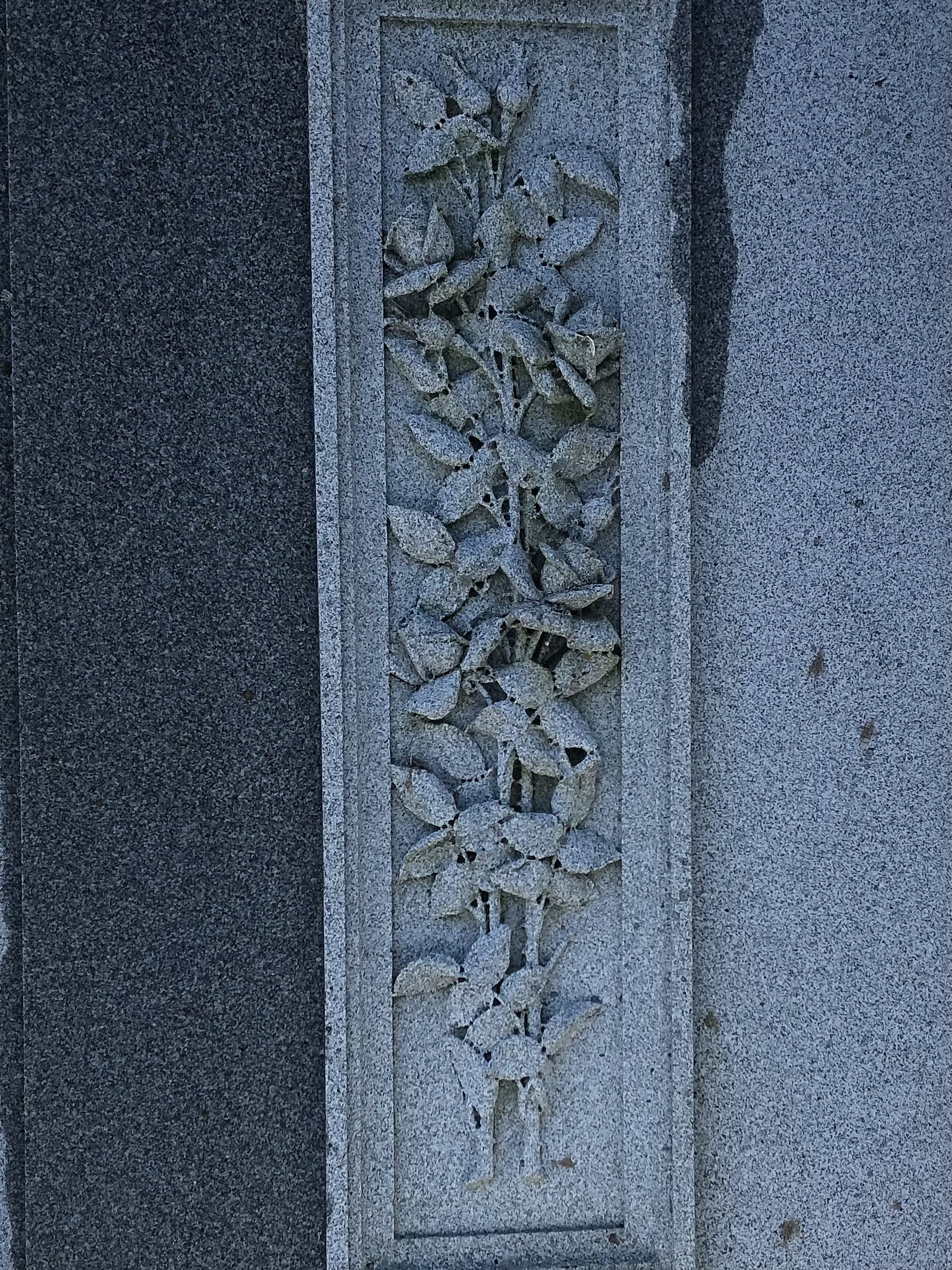





Learn more at vtfloodresponse.org
